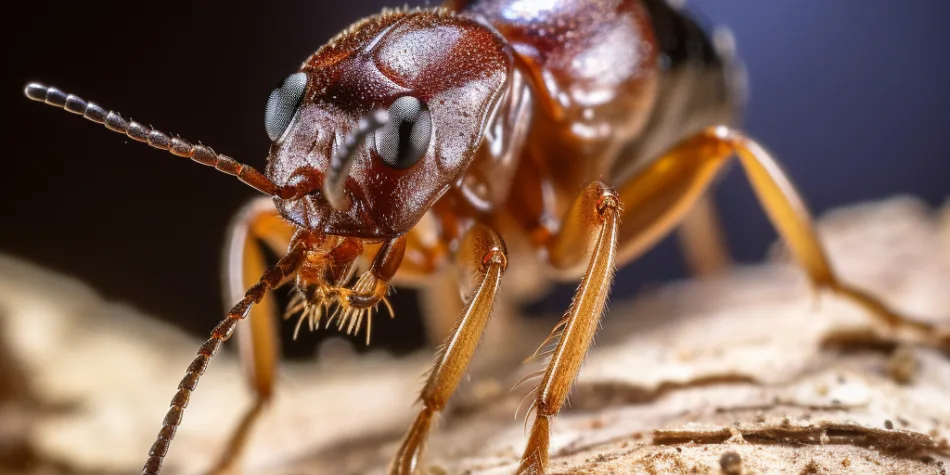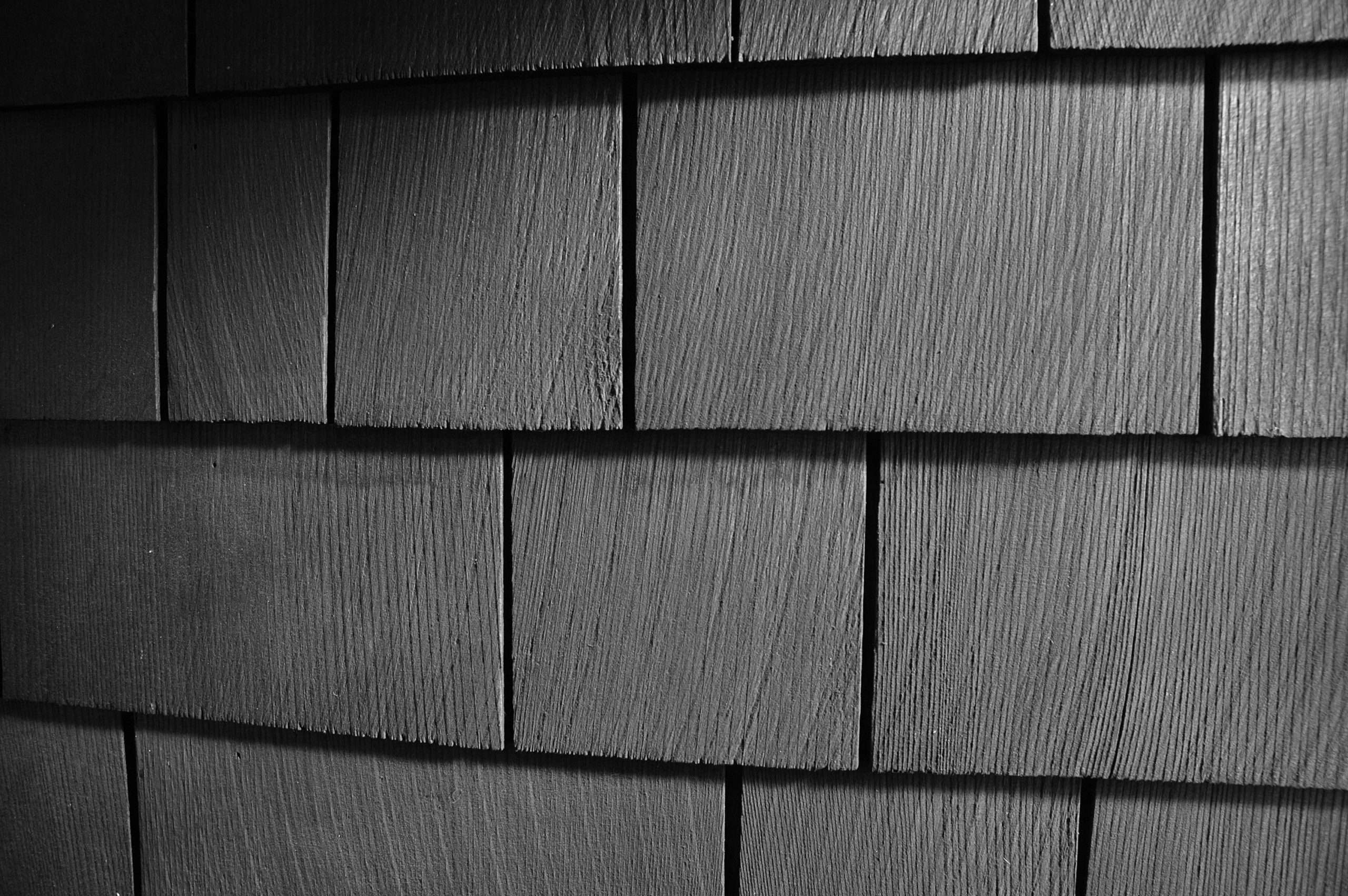Termites: Nature's Home-Wrecking Engineers
The Termite – a tiny insect dreaded by homeowners worldwide. But who would have thought that termites live in an advanced life, designed to outlive us all. Termites live in a complex and highly organized society with a singular purpose: to devour cellulose-rich materials with unmatched efficiency. Learn about the habitat of these tiny, yet remarkably insects, and how they are living rent-free sharing your beachfront view.
Table of Contents
- Location, Location, Location
- The Ideal Termite Environment
- The Hunt for Food and Water
- The Nest
- Conclusion
Location, Location, Location
Termites are found on every continent except Antarctica, and they thrive in a variety of environments. The majority of termite species in California are subterranean, building their nests underground where they are protected from predators and temperature extremes. Other species, such as the Drywood Termite, are known to construct nests above ground in trees without causing any harm to the living tree. The Dampwood Termite often lives in decaying wood or trees where there's a lot of moisture.
The Ideal Termite Environment
Termites require a constant source of water to survive, making areas with high humidity, regular rainfall, or consistent fog ideal habitats. Termites are also sensitive to light and quickly desiccate in direct sunlight. This aversion to light is a key reason they remain hidden from sight, quietly devouring wooden structures. Because they are often hidden, it can be difficult to find termites around your home.
The Hunt for Food and Water
Termites never venture far from their nests to find sustenance. They primarily feed on cellulose, the main structural component of plant cell walls, which is abundant in wood, leaves, and soil. To secure their water supply, termites often create mud tubes that connect their underground nests to moisture sources, such as the ground or water-damaged structures.
Termites rely on specialized microbes in their gut to break down cellulose into simple sugars. The termites then absorb these sugars for energy. Termites' digestion system enables them to extract nourishment from an otherwise indigestible food source.
The Nest
The termite nest provides protection, shelter, and a controlled environment where the colony can thrive. These nests can vary in size from a few individuals to massive, elaborate structures housing millions of termites. Termite nests include a ventilation system, which maintains the optimal temperature and humidity for the colony's survival.
Conclusion
In summary, termites are nature's unassuming home-wrecking engineers, perfectly adapted to their chosen habitats. With a preference for darkness, moisture, and a diet of cellulose, they construct nests that serve as both fortresses and bustling cities. Understanding the intricacies of the termite's habitat is crucial for managing and preventing infestations, ensuring our homes remain termite-free fortresses of our own.
Since they are typically constructed underground, within the wood they infest, or in sheltered locations that provide protection from predators and environmental conditions, they can be hard to find without a trained eye.
In some cases, you may notice small mud tubes running along the exterior of your home, connecting the nest to the wood they are feeding on. These tubes are a clear sign of a termite presence and serve as highways for termites to travel between their nest and their food source. Additionally, if you tap on wood surfaces and hear a hollow sound, it could indicate that termites have been feasting on the wood within, prompting the need for a thorough inspection.
At Rogall + Co., our experts are skilled in identifying termite damage and the signs of termite activity around your home. If you suspect a termite infestation or have noticed any of these indicators, don't hesitate to contact us for a comprehensive termite inspection.
So, while termites may be fascinating creatures, it's best to appreciate them from a distance far away from our precious wooden structures.








